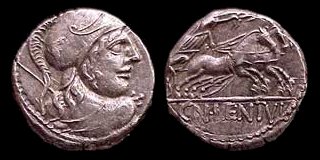This article needs additional citations for verification .(April 2019) |
| Millennium: | 1st millennium |
|---|---|
| Centuries: | |
| Decades: | |
| Years: |
| 247 by topic |
|---|
| Leaders |
| Categories |
| Gregorian calendar | 247 CCXLVII |
| Ab urbe condita | 1000 |
| Assyrian calendar | 4997 |
| Balinese saka calendar | 168–169 |
| Bengali calendar | −346 |
| Berber calendar | 1197 |
| Buddhist calendar | 791 |
| Burmese calendar | −391 |
| Byzantine calendar | 5755–5756 |
| Chinese calendar | 丙寅年 (Fire Tiger) 2943 or 2883 — to — 丁卯年 (Fire Rabbit) 2944 or 2884 |
| Coptic calendar | −37 – −36 |
| Discordian calendar | 1413 |
| Ethiopian calendar | 239–240 |
| Hebrew calendar | 4007–4008 |
| Hindu calendars | |
| - Vikram Samvat | 303–304 |
| - Shaka Samvat | 168–169 |
| - Kali Yuga | 3347–3348 |
| Holocene calendar | 10247 |
| Iranian calendar | 375 BP – 374 BP |
| Islamic calendar | 387 BH – 386 BH |
| Javanese calendar | 125–126 |
| Julian calendar | 247 CCXLVII |
| Korean calendar | 2580 |
| Minguo calendar | 1665 before ROC 民前1665年 |
| Nanakshahi calendar | −1221 |
| Seleucid era | 558/559 AG |
| Thai solar calendar | 789–790 |
| Tibetan calendar | 阳火虎年 (male Fire-Tiger) 373 or −8 or −780 — to — 阴火兔年 (female Fire-Rabbit) 374 or −7 or −779 |

Year 247 ( CCXLVII ) was a common year starting on Friday (link will display the full calendar) of the Julian calendar. At the time, it was known as the Year of the Consulship of Philippus and Severus (or, less frequently, year 1000 Ab urbe condita ). The denomination 247 for this year has been used since the early medieval period, when the Anno Domini calendar era became the prevalent method in Europe for naming years.





